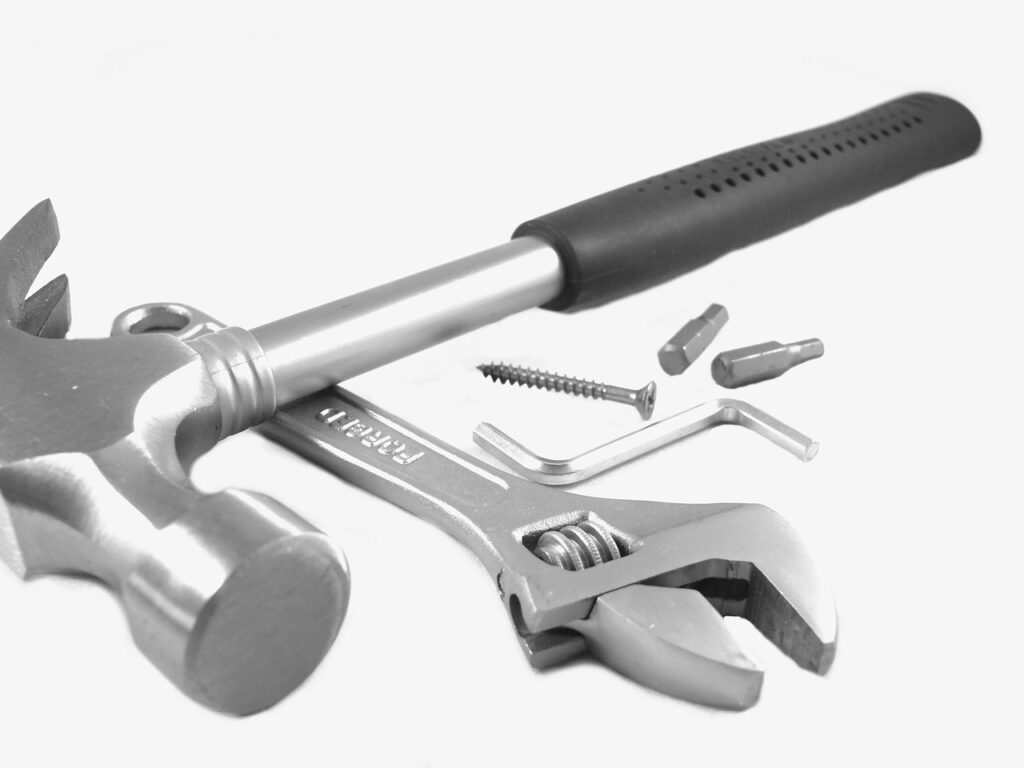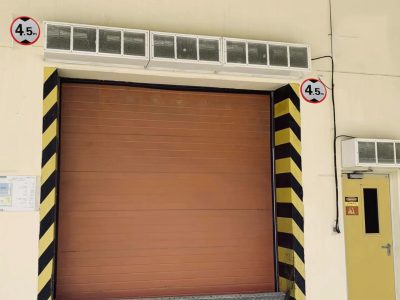유지 보수는 팬 코일 장치에 매우 중요합니다, we will introduce three main aspects.Hope it will help to extend your product’s lifespan.

Daily Maintenance
- Clean Air Filter:
Inspect every 1–2 weeks. If heavily dusted, remove and rinse with water or gently brush with a soft brush. Reinstall after drying to ensure unobstructed air flow. - Clean Coil Surface:
After prolonged use, open the FCU panel and clean dust from the coil surface with a soft cloth or vacuum cleaner. Remove debris to prevent reduced heat exchange efficiency. - Check Fan Condition:
Listen for unusual noises or vibrations during operation. If detected, shut down immediately to inspect fan impeller for looseness or deformation, and check belts for slack or wear. Adjust or replace components as needed. - Inspect Drainage Pipes:
Ensure condensate drain pipes are unobstructed and free of leaks or blockages. Flush pipes regularly with water to prevent algae, microbial growth, and debris accumulation. - Test Temperature Control Devices:
Verify the proper functioning of thermostats, three-speed switches, and other temperature control devices to ensure accurate regulation of FCU operation. - Check Valves:
Inspect water inlet/outlet valves for proper opening/closing, leaks, and tight seals at connections. - Examine Electrical Wires:
Check that electrical connections are secure and free of damage or aging to avoid safety hazards such as short circuits or leakage. - Switch Operation Modes:
Switch between cooling and heating modes regularly based on seasonal and usage needs. Observe equipment operation to identify potential issues promptly.
Seasonal Maintenance
Before the Usage Season
- Clean Air Inlets/Outlets and Filters:
Use a soft brush or vacuum to clean return air grilles, air outlets, and filters. - Inspect Fan Impeller:
Remove dust and debris from the fan impeller; check for looseness or deformation. - Check Condensate Drain Pipes:
Ensure no blockages or damage. Test drainage by pouring water to verify smooth flow. - Examine Electrical Connections:
Check for loose or damaged wiring; test insulation performance.
During the Usage Season
- Regular Filter Cleaning/Replacement:
Inspect filters every 1–2 weeks and clean or replace them when dirty. - Monitor Condensate Drainage:
Address slow drainage or leaks immediately to prevent water damage. - Listen for Abnormal Noises/Vibrations:
Shut down the unit and investigate if unusual sounds or vibrations occur during operation.
After the Usage Season
- Drain Coil Water:
Empty water from the coils; use antifreeze (if available) to prevent freezing and cracking during long-term downtime. - Clean Exterior Surfaces:
Wipe the unit’s exterior, including the casing and air outlets, with a soft cloth and neutral detergent. - Comprehensive Component Inspection:
Check fans, motors, coils, and other parts; repair or replace defective components promptly. - Lubricate Moving Parts:
Apply lubricant to motor bearings and other rotating components to ensure smooth operation.
Troubleshooting
Poor Cooling or Heating Performance
- Check Thermostat Settings: Verify temperature, mode (cool/heat), and fan speed are correctly configured.
- Inspect Air Filters: Clogged filters reduce airflow and heat exchange efficiency—clean or replace if dusty.
- Examine Dampers and Ducts: Ensure dampers are fully open and ducts are free of blockages.
- Test Refrigerant/Hot Water System:
- Confirm valves are fully open and pipes have no leaks or blockages.
- Check refrigerant charge (for split systems) or hot water flow to ensure adequacy.
- Evaluate Fan Speed: A faulty capacitor or motor may slow fan rotation, reducing airflow—replace damaged components.
과도한 소음
- Fan Blade Issues: Dust accumulation, deformation, or friction with the casing causes noise. Clean or repair blades and adjust installation alignment.
- Loose Installation: Unsecured units may vibrate or resonate. Tighten mounting bolts and check shock-absorbing pads.
Water Leakage
- Condensate Pipe Problems: Blockages or improper slope (<1%) cause water backup. Clean pipes and correct the slope.
- Damaged Condensate Pan: Cracks or holes in the pan require repair or replacement.
- Loose Coil Connections: Leaks at coil joints may stem from loose bolts or worn seals. Tighten connections and replace gaskets.
Fan Not Operating
- Electrical Issues:
- Check circuit breakers, fuses, and wiring for shorts or open circuits.
- Test the thermostat for faulty signals (예를 들어, no voltage output to the fan).
- Motor Failure: Burned windings or seized bearings in the motor require repair or replacement.
Unresponsive Control Panel
- Power and Wiring: Inspect panel connections for loose or disconnected wires; resecure as needed.
- Faulty Buttons/Circuit Board: Replace defective buttons or repair/replace the circuit board if damaged.



